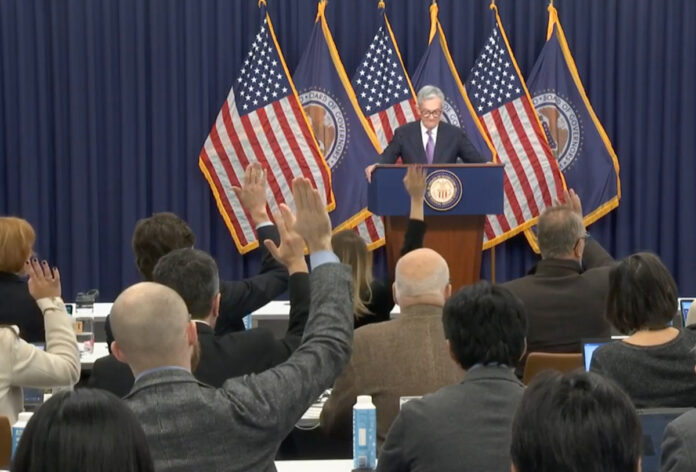Rates Remain, May Come Down in ’24
The Federal Reserve in its Dec. 13 meeting again opted to pause further hikes on interest rates. Analysts believe rates could come down in 2024 and concerns about a potential recession also seem to be abating.
Recent consumer and production index numbers have been flat or minimal. The recent meeting makes pauses from the Fed twice in the last three meetings, with a quarter-point hike in July. This follows a record 10 consecutive rate hikes beginning in March of 2022. That streak included four consecutive three-quarter point hikes during the second and third quarters of last year.
The Fed wants the market to reach maximum employment with a 2 percent inflation rate, which is another 1.2 below the current rate. Inflation had been as high as 9 percent.
“The Committee will continue to assess additional information and its implications for monetary policy. In determining the extent of any additional policy firming that may be appropriate to return inflation to 2 percent over time, the Committee will take into account the cumulative tightening of monetary policy, the lags with which monetary policy affects economic activity and inflation, and economic and financial developments,” the Committee stated in its release on the rates decision.
What To Know About The Federal Reserve
The Federal Reserve, commonly referred to as the Fed, plays a vital role in shaping and maintaining the stability of the United States economy. Established in 1913, the central bank is responsible for conducting monetary policy, supervising and regulating financial institutions, and promoting overall economic stability.
At the core of the Fed’s responsibilities lies its control over monetary policy. The Federal Open Market Committee, comprised of members from the Federal Reserve Board and regional Federal Reserve Bank presidents, determines the course of this policy. By adjusting interest rates and managing the supply of money and credit in the economy, the Fed aims to foster conditions that support maximum employment, stable prices, and moderate long-term interest rates.
One of the primary tools used by the Federal Reserve to influence monetary conditions is the manipulation of the federal funds rate. This interest rate, the rate at which banks lend reserve balances to each other overnight, serves as a benchmark for various lending rates throughout the economy. By raising or lowering the federal funds rate, the Fed can influence borrowing costs for businesses and consumers, thereby affecting spending and investment levels.
The Federal Reserve also acts as a supervisor and regulator of financial institutions to ensure the safety and soundness of the banking system. It conducts regular examinations of banks and implements regulations to protect consumers and maintain the stability of the financial system. The Fed’s oversight extends to a wide range of institutions, including commercial banks, savings associations, credit unions, and holding companies.
In times of financial crisis or economic turmoil, the Federal Reserve serves as a lender of last resort. During the 2008 financial crisis, for example, the central bank implemented a range of emergency measures to stabilize the banking sector and support credit markets. It provided liquidity to financial institutions, expanded its balance sheet through large-scale asset purchases (known as quantitative easing), and introduced innovative lending facilities to address the severe market dislocations.
MHInsider is the leader in manufactured housing news and is a product of MHVillage, the largest marketplace for manufactured homes.










